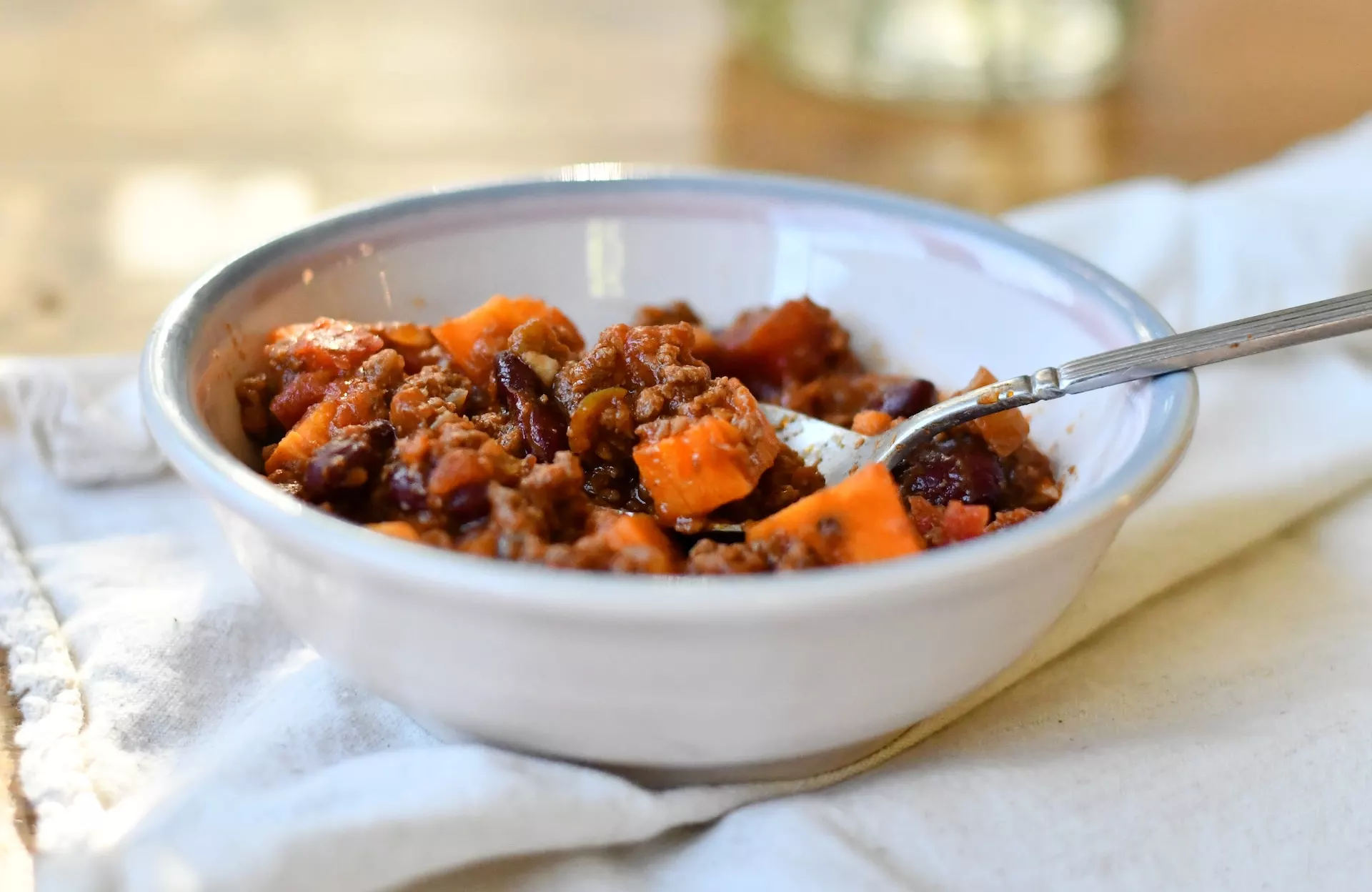Identifying a single food with the highest amount of bio-available nutrients is difficult, as different foods offer diverse nutrient profiles. However, some foods are considered highly nutrient-dense. One such example is organ meats, specifically liver.
Liver, whether from beef, chicken, pork, or other animals, is known for its exceptional nutrient content. It is an excellent source of essential vitamins and minerals, including vitamin A, vitamin B12, folate, iron, zinc, and copper. These nutrients are crucial for various bodily functions, such as red blood cell production, immune function, and energy metabolism.
Once ingested, the nutrients from liver and other foods are broken down through digestion. In the stomach, stomach acid and enzymes initiate the breakdown of proteins and other components. Further digestion and absorption of nutrients occur in the small intestine, where enzymes and specialized transport mechanisms help facilitate absorption into the bloodstream.
While liver is highly nutritious, it is important to consume it in moderation. Due to its high vitamin A content, excessive consumption of liver or vitamin A supplements can lead to vitamin A toxicity. It is recommended to limit liver consumption to a few servings per week and to be mindful of the vitamin A intake from other sources.
The best time to eat liver or any nutrient-dense food depends on personal preference and dietary habits. It can be incorporated into any mealtime, such as breakfast, lunch, or dinner, based on individual preferences and cultural practices.
Liver is available throughout the year and can be sourced from various animals. It is commonly found in grocery stores, butcher shops, or specialty markets.
While liver is a nutrient-dense food, there are certain individuals who should be cautious or avoid consuming it:
Pregnant women
Due to the high vitamin A content, pregnant women should limit their consumption of liver to avoid excessive vitamin A intake, which can be harmful to the developing fetus.
Individuals with certain medical conditions
People with specific medical conditions, such as gout, iron overload disorders (hemochromatosis), or certain liver diseases, may need to limit or avoid liver consumption. It is advisable to consult with a healthcare professional if you have any underlying medical conditions.
Liver can be cooked in various ways depending on personal preference. It can be pan-fried, baked, grilled, or incorporated into stews, pâtés, or sausages. Here are three recipe ideas featuring liver:
Pan-Fried Liver with Onions and Herbs:
- Slice liver into thin pieces.
- Season with salt, pepper, and herbs like thyme or rosemary.
- Sauté sliced onions in a pan until caramelized.
- Add the liver slices and cook for a few minutes on each side until browned but still tender.
- Serve with the caramelized onions on top.
Chicken Liver Pâté:
- Sauté chopped chicken livers with diced onions, garlic, and butter until cooked through.
- Transfer the mixture to a food processor and blend until smooth.
- Add a splash of heavy cream, salt, pepper, and any desired herbs or spices for flavor.
- Blend until well combined and adjust seasoning to taste.
- Transfer the pâté to a container and refrigerate until firm. Serve chilled with bread or crackers.
Beef Liver Stir-Fry:
- Slice beef liver into thin strips.
- Marinate the liver strips with soy sauce, garlic, ginger, and a touch of honey or brown sugar for a sweet and savory flavor.
- Heat a skillet or wok with oil and stir-fry the marinated liver strips with vegetables of your choice, such as bell peppers, broccoli, or snap peas.
- Cook until the liver is just cooked through and the vegetables are tender-crisp


















